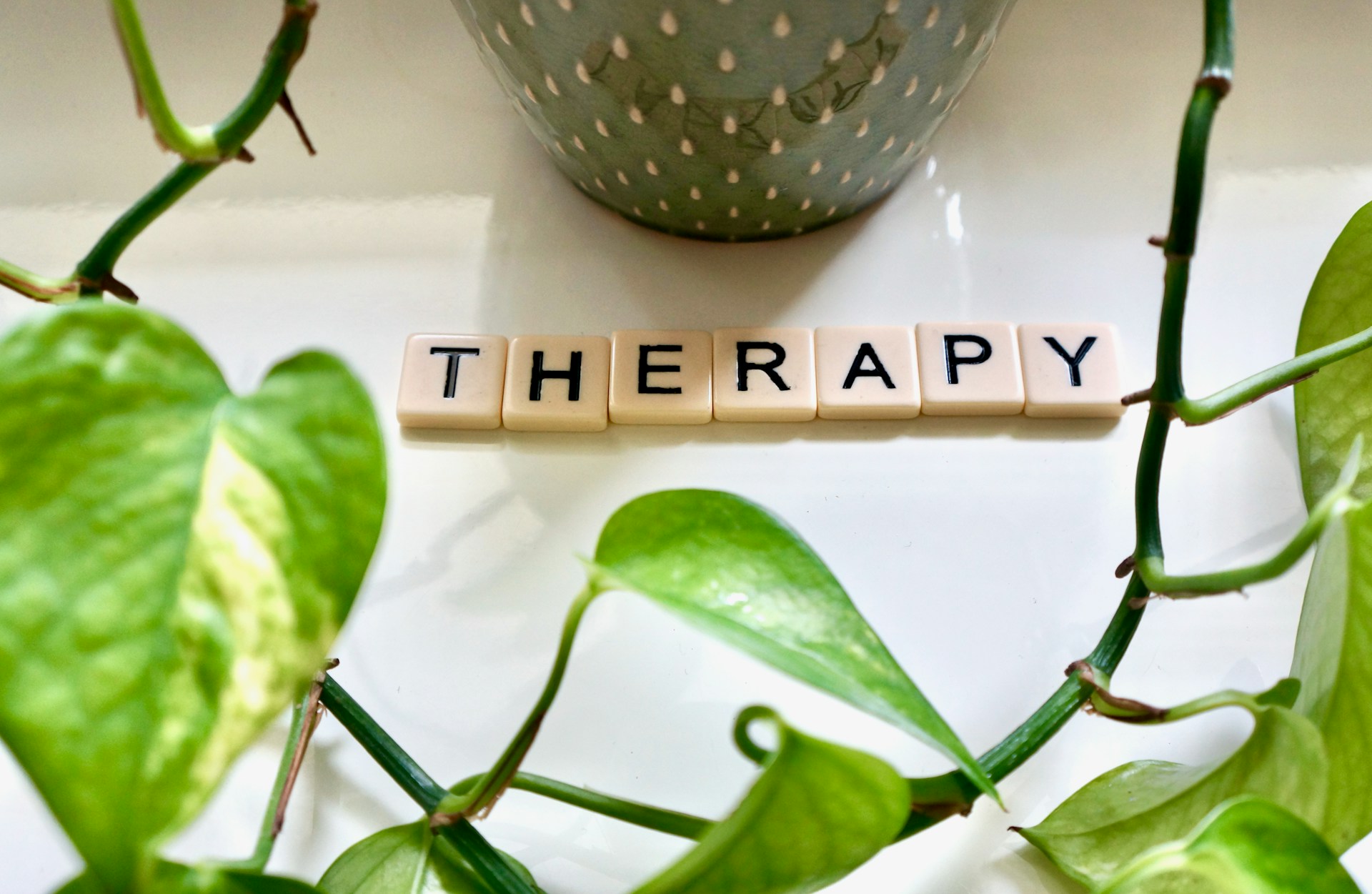Have you been diagnosed with PTSD and wondered, amid your struggle, whether life will ever feel normal again? The answer is yes. No matter how impossible it may look right now, your life does not have to be forever defined by your trauma. You can access effective PTSD help. With the help of God and a trained mental health professional, you can learn how to reframe your experience, cope with your symptoms in a healthy way, and live a happy, fulfilling life.
You can’t stop the waves, but you can learn how to surf. – Jon Kabat-Zinn
PTSD Defined
 PTSD (post-traumatic stress disorder) is a disruptive mental health disorder brought on in some people by the shock of experiencing or witnessing a terrifying event. Symptoms may include reliving the trauma through flashbacks or nightmares, severe anxiety, or uncontrollable, intrusive thoughts about the event that last long after it has ended.
PTSD (post-traumatic stress disorder) is a disruptive mental health disorder brought on in some people by the shock of experiencing or witnessing a terrifying event. Symptoms may include reliving the trauma through flashbacks or nightmares, severe anxiety, or uncontrollable, intrusive thoughts about the event that last long after it has ended.
Common Symptoms of PTSD
Though everyone’s experience with PTSD is unique, there are some common symptoms most people share.
Intrusive memories
Frequent intrusive memories that cause you to relive the trauma may manifest as nightmares or flashbacks. These can be upsetting and give rise to panic attacks, disrupted sleep, palpitations, headaches, and digestive disorders, as well as feelings of fear, guilt, shame, or anxiety.
Avoidance
You try to prevent triggering distressing emotions by avoiding anything that evenly remotely reminds you of the trauma. This could include staying clear of certain places, avoiding people who remind you of an abuser, or even specific sounds or smells.
A heightened state of arousal
Your body may continue to remain in a state of high alert even if the trauma happened months or years ago, causing you to overreact to everyday occurrences and be easily startled. A veteran, for example, may panic at the sound of fireworks or a car backfiring.
Changes in behavior
You may become prone to angry outbursts, irritability, anxiety, or engaging in self-destructive behaviors such as drug or alcohol abuse.
Unpredictable moods
You may lose interest in activities or hobbies you once used to enjoy; feel hopeless or disconnected; experience mood swings; or feel overwhelmed by guilt, shame, and negative feelings about yourself and others.
Best Treatment Options for PTSD Help
 Research findings on the effectiveness of PTSD treatments indicate that trauma-focused psychotherapy (specifically prolonged exposure, cognitive processing therapy, and eye movement desensitization and processing) provides a greater, longer-lasting improvement in PTSD symptoms than medications, and are the most highly recommended treatment options for PTSD.
Research findings on the effectiveness of PTSD treatments indicate that trauma-focused psychotherapy (specifically prolonged exposure, cognitive processing therapy, and eye movement desensitization and processing) provides a greater, longer-lasting improvement in PTSD symptoms than medications, and are the most highly recommended treatment options for PTSD.
All three of the specialized interventions above are strongly evidence-based and fall under the umbrella of cognitive behavioral therapy (CBT), which has as its premise that thoughts, feelings, and actions are interconnected, and the way to change dysfunctional behavior that is harming your life is to change your thought patterns.
Cognitive processing therapy (CPT)
Cognitive processing therapy focuses on helping you evaluate, challenge, and modify unhelpful beliefs related to the trauma you experienced and form a more accurate, realistic understanding of it that has less of an impact on your current life and enables you to move forward.
Prolonged Exposure (PE)
Prolonged exposure focuses on helping you reduce your fears and decrease avoidance behavior by gradually approaching the triggers you have been avoiding, in a safe, controlled manner, to teach you that they can’t harm you and do not need to be avoided.
Eye movement desensitization and processing (EMDR)
 EMDR is a structured intervention that focuses on helping you process traumatic memories and emotions linked to them that have become stuck in fight, flight, or freeze mode instead of being appropriately stored in your brain, and that are causing you to re-experience the trauma as though you are back in that moment every time something triggers you.
EMDR is a structured intervention that focuses on helping you process traumatic memories and emotions linked to them that have become stuck in fight, flight, or freeze mode instead of being appropriately stored in your brain, and that are causing you to re-experience the trauma as though you are back in that moment every time something triggers you.
Unlike other forms of trauma therapy, EMDR does not require that you talk about your traumatic experience, but rather, it involves thinking of a distressing memory while simultaneously concentrating on bilateral stimulation such as guided eye movements.
This enables your brain to heal the neural network involved so the memory is no longer stuck and can be stored with your other memories, and your brain can recognize that the trauma is in the past rather than still happening in the present.
Biblical Principles to Incorporate with Traditional PTSD Help
The Bible does not specifically mention PTSD. However, it does provide indirect guidance to help you during your healing journey.
For everything that was written in the past was written to teach us, so that through the endurance taught in the Scriptures and the encouragement they provide we might have hope. – Romans 15:4, NIV
PTSD is a difficult challenge that requires persistence and perseverance to overcome, and most people suffering from it require PTSD help in the form of professional counseling. God, however, is our ultimate support and healer. Through Jesus, who Himself experienced fear and trauma, He can empathize with us and promises to help us, strengthen us, and give us the courage to keep moving forward.
For this reason he had to be made like them, fully human in every way, in order that he might become a merciful and faithful high priest in service to God, and that he might make atonement for the sins of the people. Because he himself suffered when he was tempted, he is able to help those who are being tempted. – Hebrews 2:16-17, NIV
So do not fear, for I am with you; do not be dismayed, for I am your God. I will strengthen you and help you; I will uphold you with my righteous right hand. – Isaiah 41:10, NIV
No matter how overwhelming your memories may be or how convinced you are that it is impossible to stop thinking about the trauma, God’s Word (the Bible) teaches that we are not powerless over our thoughts. We are to take every thought captive and make it obedient to Christ.
For though we live in the world, we do not wage war as the world does. The weapons we fight with are not the weapons of the world. On the contrary, they have divine power to demolish strongholds. We demolish arguments and every pretension that sets itself up against the knowledge of God, and we take captive every thought to make it obedient to Christ. – 2 Corinthians 10:5, NIV
Instead of trying to stop thinking unwanted thoughts in your own strength, God wants you to rely on Him and use the armor He has provided.
Finally, be strong in the Lord and in his mighty power. Put on the full armor of God, so that you can take your stand against the devil’s schemes. For our struggle is not against flesh and blood, but against the powers of this dark world and against the spiritual forces of evil in the heavenly realms. – Ephesians 6:10-12, NIV
Submit yourselves, then, to God. Resist the devil, and he will flee from you. – James 4:7, NIV
New pathways of thought based on God’s Word can be created by replacing negative thoughts with truths from Scripture and by thinking of positive things. If you do this consistently, your mind will gradually become transformed and renewed, and your turmoil will be replaced with God’s peace.
Do not conform to the pattern of this world, but be transformed by the renewing of your mind. Then you will be able to test and approve what God’s will is – his good, pleasing and perfect will. – Romans 12:2, NIV
Finally, brothers and sisters, whatever is true, whatever is noble, whatever is right, whatever is pure, whatever is lovely, whatever is admirable – if anything is excellent or praiseworthy – think about such things. – Philippians 4:8, NIV
PTSD Help Through Christian Counseling
Christian counseling involves a combination of secular clinical interventions, biblical principles, and prayer. If you are looking for PTSD help, you don’t have to face this battle alone. If you would like to set up a risk-free appointment to meet with one of the faith-based counselors at our location, please give us a call today.
References:
Sonya Norman, Jessica Hamblen, and Paula P. Schnurr. “Overview of Psychotherapy for PTSD.” U.S. Department of Veteran Affairs (PTSD: National Center for PTSD) ptsd.va.gov/professional/treat/txessentials/overview_therapy.asp#seven.
Photos:
“Dried Flowers”, Courtesy of Katherine Hanlon, Unsplash.com, CC0 License; “Silhouette”, Courtesy of William Farlow, Unsplash.com, CC0 License; “Waterfall and Rainbow”, Courtesy of Jeff Finley, Unsplash.com, CC0 License; “Woman and Journal”, Courtesy of Kelly Sikkema, Unsplash.com, CC0 License
- Kate Motaung: Curator
Kate Motaung is the Senior Writer, Editor, and Content Manager for a multi-state company. She is the author of several books including Letters to Grief, 101 Prayers for Comfort in Difficult Times, and A Place to Land: A Story of Longing and Belonging...
DISCLAIMER: THIS ARTICLE DOES NOT PROVIDE MEDICAL ADVICE
Articles are intended for informational purposes only and do not constitute medical advice; the content is not intended to be a substitute for professional medical advice, diagnosis, or treatment. All opinions expressed by authors and quoted sources are their own and do not necessarily reflect the opinions of the editors, publishers or editorial boards of Stone Oak Christian Counseling. This website does not recommend or endorse any specific tests, physicians, products, procedures, opinions, or other information that may be mentioned on the Site. Reliance on any information provided by this website is solely at your own risk.







